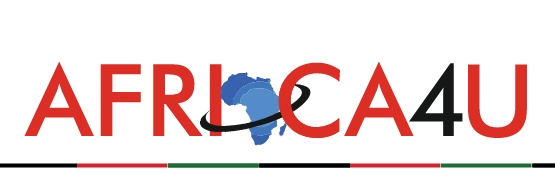(3 Minutes Read)
Botswana’s strategy to transform its economy through local diamond processing is faltering due to a limited, underproductive, and unskilled labour force, industry leaders warned at the recent India-Botswana Business Conclave.
Despite the government’s 2008 policy to boost value addition, job creation, and economic sustainability by cutting and polishing diamonds domestically, progress is slow. Although the number of licensed diamond factories has increased, workforce size and productivity remain stagnant.
Diamond industry leaders, including Siddarth Gothi of the Botswana Diamond Manufacturers Association, emphasised that while Botswana has raw materials and infrastructure, the lack of skilled workers is stalling progress. Training a competent diamond worker takes years and considerable investment, which is often lost when employees leave for higher-paying competitors. Gothi criticised the absence of government support for training initiatives, even as newly licensed factories struggle to staff their operations.
Calls for reform include longer working weeks, stronger technical education partnerships, and learning from global leaders like India’s Surat, a hub for diamond processing. Although challenges persist, stakeholders remain hopeful that with proper investment and policy reform, Botswana’s beneficiation goals are still within reach.
Read Also;
https://trendsnafrica.com/usd1-billion-investment-for-botswanas-jwaneng-diamond-mine/
Botswana’s economy has historically relied on diamond mining, which accounts for 85 per cent of exports and two-thirds of the government revenue and has propelled the country from one of the world’s poorest to middle-income status. The government adopted a diamond beneficiation policy in 2008, targeting the local cutting and polishing of rough diamonds to create jobs, develop skills, and ensure economic sustainability post-mining.





